The Qazvin province is one of the 31 provinces of Iran. It is located in the northwest of Iran, with the city of Qazvin as center. The province was put as part of Region 1 upon the division of the provinces into 5 regions solely for coordination and development purposes on June 22, 2014. 68.05% of Qazvin population lives in cities and 31.95% in villages. The ratio of men to women is 50.7 to 49.3%.99.61% of the province population were Muslims and 0.39% of the rest came from other religions. The literacy rate is over 82%, ranking 7th in Iran.
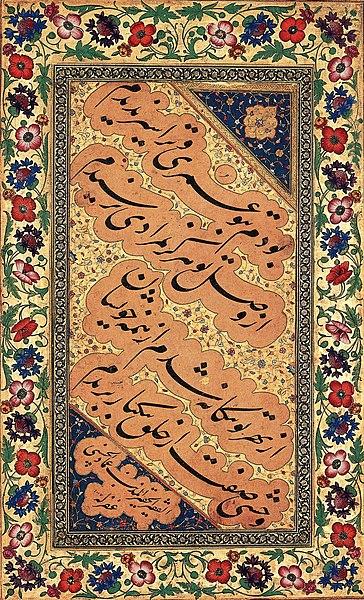
The province covers 15821 km2 between 48-45 to 50-50 east of Greenwich Meridian of longitude and 35-37 to 36-45 north latitude of the equator. The province is bounded on the north by Māzandaran and Gilān, on the west by Hamadān and Zanjān, on the south by Markazi and on the east by Tehrān provinces. The famous mountains of the province are those of Siālān, Shāh Alborz, Khashchal. Sephid-Kouh, Shojä al-din, Alehtareh, Rämand Agh-Dāgh, Kharaghan, Sāridagh, Soltan-Pir, and Siāhkouh, in which Siälän with a height of 4175 m and Shāh Alborz which is 4056 m are the highest, all are part of the central range of Alborz. The lowest point of the province is in Tarom-e Sofla. The climate of the province in the northern parts is cold and snowy in winters and temperate in summers. In the southern parts the climate is mild with comparatively cold winters and warm summers. The annual rainfall of the province varies from 210 mm in the eastern regions to more than 550 mm at northeast elevations. The maximum rainfall is in the northeast slopes of Alamout with more than 550 mm.
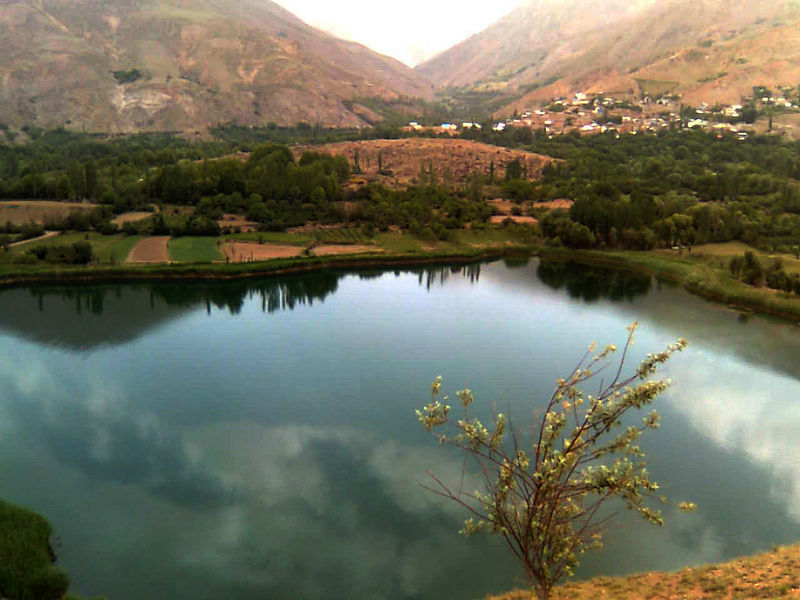
Qazvin was formerly the capital of the Persian Empire, containing over 2000 architectural and archeological sites. It is a provincial capital today that has been a cultural center throughout history. Archeological findings in the Qazvin plain reveal the existence of urban agricultural settlements as far back as 7000 BC. The name ‘Qazvin’ or ‘Kasbin’ is derived from Cas, an ancient tribe that lived south of the Caspian Sea millennia ago. The Caspian Sea itself derives its name from the same origin. Qazvin geographically connects Tehran, Isfahan, and the Persian Gulf to the Caspian seacoast and Asia Minor, hence has had strategic location throughout the ages.
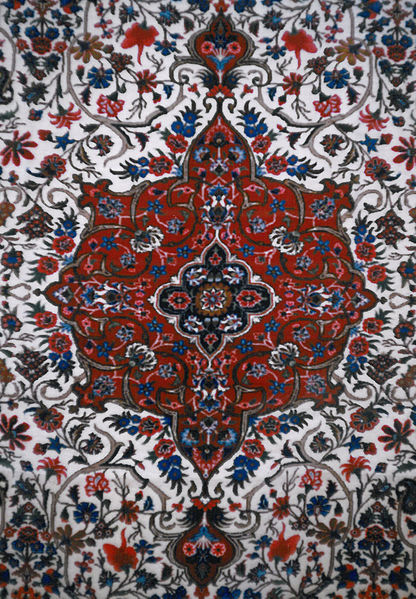
Qazvin has been the one of the main centers of tant developments in Iranian history. In the early ors of the Islamic era Qazvin served as a base for e Arab forces. Following destroyed by Genghis Khan, the Safavid monarchs made Qazvin the capital of the Safavid empire in 1548 only to have it moved to Isfahān in 1598. During the Qajar Dynasty and contemporary period, Qazvin has always been one of the most important governmental centers due to its proximity to Tehrān. Abbas Mirza, a Crown Prince and Minister of Commerce, was also the governor of Qazvin.
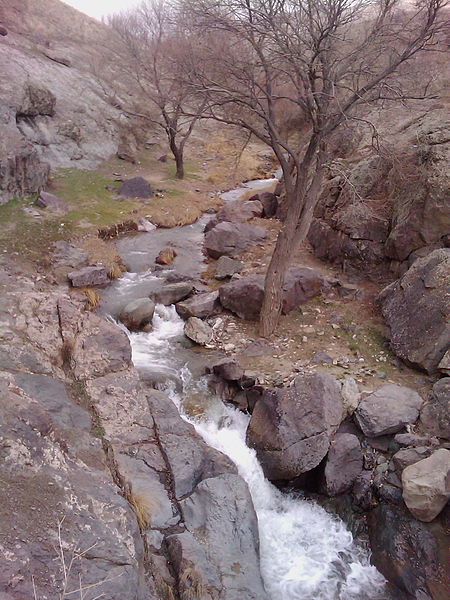
It is situated close to Alamout, where the famous hasan-e Sabbah, founder of the secret Ismaili cult, dominated. The majority of the people of the province as well I as the city of Qazvin are Persian people and the main language of the people of Qazvin is Persian with the Qazvini accent. Other minority languages include Azeri, Tati, Kurdish, Lori, and Romanian.
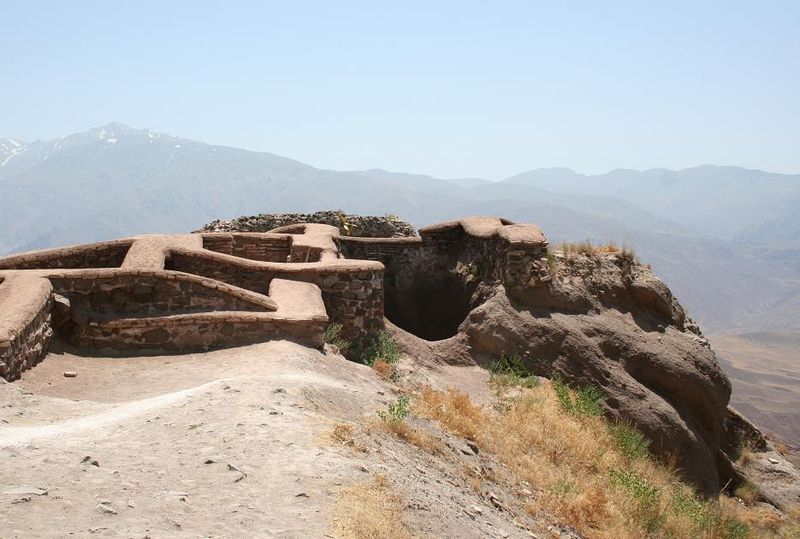
Reference: Cultural Heritage, Handicrafts & Tourism Organization of Iran, Iran Travel guide. Iran: 2018

